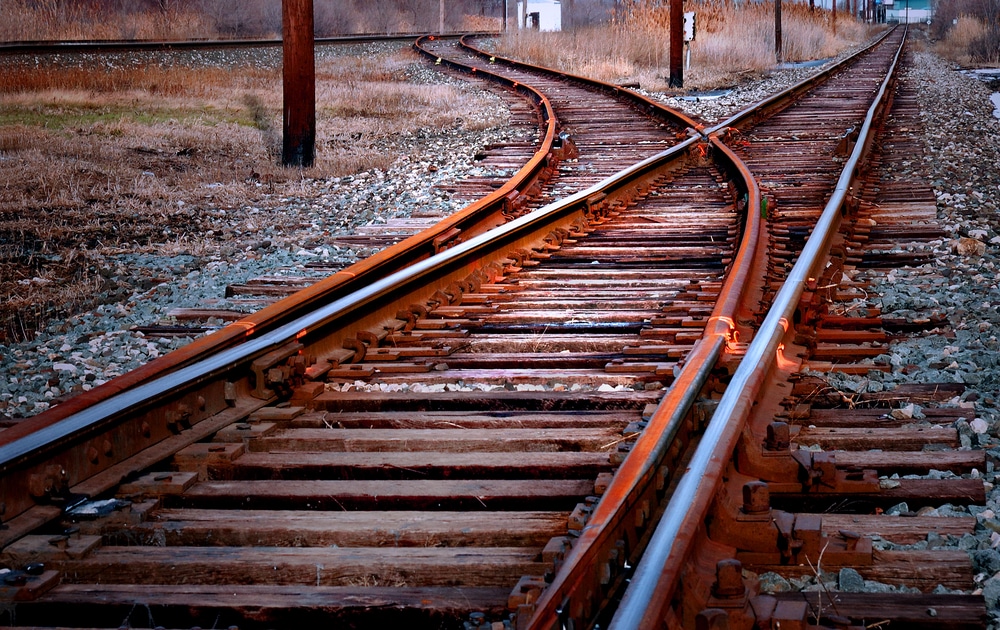
The fact that railway tracks can be reused in a number of ways might be a surprise to some, but those who understand the critical role that steel has played in the development of railroad track know that this is some of the strongest steel available.
Railway tracks weren’t always steel – in fact, they weren’t even metal. The tracks for the first trains were made of wood, but they were so unreliable that they were quickly replaced. Wood tracks were sometimes covered by iron, but that too was soon abandoned for steel.
Even though steel railway tracks have been in use since the 1870s, the processes used to refine and make that steel has improved throughout the passing decades. There are three types of steel railway tracks that you may come across.
Carbon steel
Most modern railway tracks are made of hot rolled steel with a grade of 1084 or higher. This is a medium carbon steel, made by rolling rail steel with natural iron ore. This commonly creates a mix of steel with .7% to .8% carbon and 07.% to 1% manganese, which can handle more abuse than rolled steel alone.
While that is the most common mix, some steel may have more or less of these elements. The more carbon and manganese added to the iron ore, the stronger the steel after forging.
Carbon steel rails are the most commonly found and reused type of railway tracks. Carbon steel was the next natural progression in the chain of improvements, and as such it is very prevalent. It is also one of the easiest types of steels to work with when forging into new items.
Alloy steel
Railroad tracks that must bear additional weight or travel at faster speeds will need a stronger steel rail. Some alloys such as titanium, chromium, tin, and vanadium can add a great deal of hardness and strength to the steel rail.
Although alloy steel can take different forms based on the elements added, all steel alloys are made in a similar fashion. After the elements are added to the natural iron ore, the whole is rolled with the steel as usual to create a stronger and more tensile track.
Heat treated steel can be either carbon or alloy
What makes heat treated steel rails different isn’t the makeup of the steel itself, but rather how that steel rail is forged. Carbon steel, steel alloys, or 1084 steel is strengthened and hardened by heating and controlling the cooling of the hot-rolled steel.
Carbon steel in particular can be made stronger through deep heat treatment due to its higher manganese content. The deeper the heat treatment, the stronger and harder the steel when finished. This is especially important when laying track that is expected to last a century.
The steel rails have to be strong enough to withstand the weight and speed of the trains upon it for an indeterminate amount of time. That makes heat treated steel the best option for most new railways or replacement tracks.











